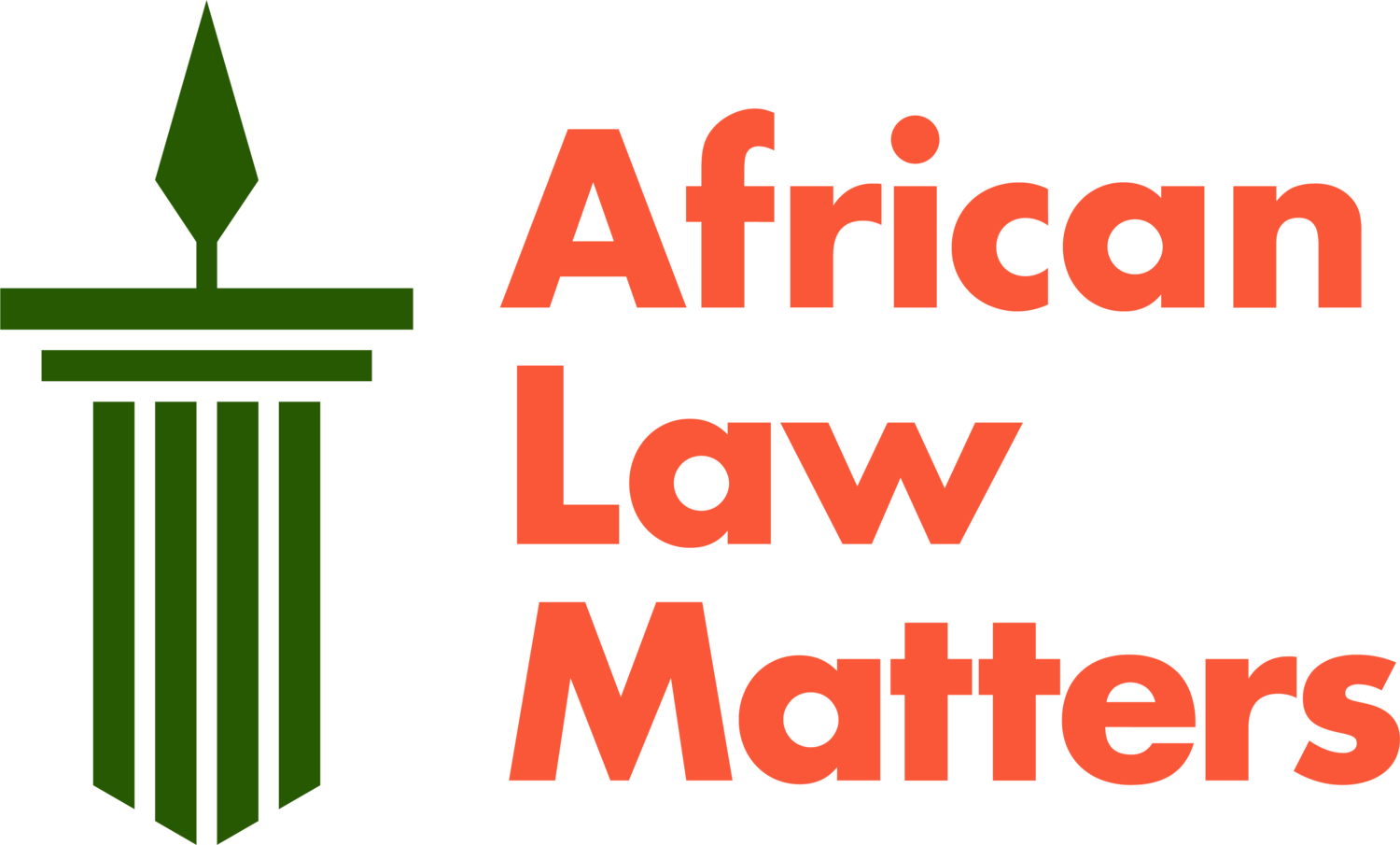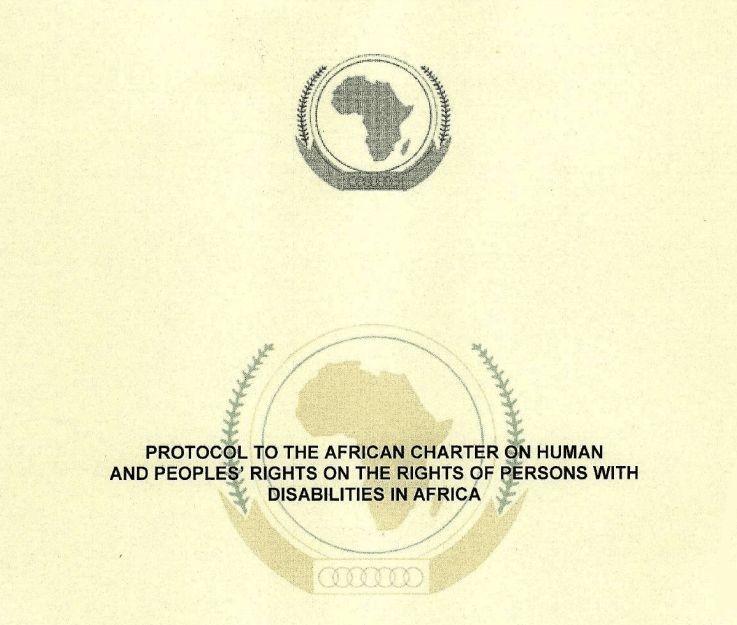The African Disability Protocol: Enhancing Disability Rights Protection in Africa
Photo credit: One global voice
The recent coming into force of the African Disability Protocol on 3 May 2024 has inspired a sense of renewed hope and expectation amongst disability rights advocates on the continent
However, prior to 2018, the African human rights system addressed the rights of persons with disabilities through general human rights instruments, such as the African Charter on Human and Peoples’ Rights, the African Charter on the Rights and Welfare of the Child and the Protocol to the African Charter on Human and Peoples’ Rights on the Rights of Women in Africa.
Although not specifically drafted for persons with disabilities, the above instruments apply equally to persons with disabilities, including children and women, by virtue of their humanity. Nevertheless, they do not adequately address the unique human rights challenges faced by persons with disabilities. For instance, they fail to acknowledge that the underlying reason for most human rights violations against persons with disabilities is the erroneous perception that they are inherently ‘deficient’ and that society should respond by merely providing welfare and charity to ease their ‘suffering.’
This medicalised approach to disability, upon which many domestic legislative provisions are based, perceives disability primarily as a medical issue and overlooks the fact that persons with disabilities are subjects of rights who should be empowered to vindicate these rights and fundamental freedoms.
In response, the African Union (AU) adopted the Protocol to the African Charter on Human and Peoples’ Rights on the Rights of Persons with Disabilities in Africa (African Disability Protocol) on 29 May 2018, pursuant to Article 66 of the African Charter on Human and Peoples’ Rights, which permits the adoption of additional protocols to supplement the African Charter.
“The African Disability Protocol’s entry into force is a milestone and its contextualised approach to disability rights is expected to bring the much-needed social change for persons with disabilities on the continent”.
The Protocol was adopted ten years after the United Nations Convention on the Rights of Persons with Disabilities (CRPD) came into force as a global, disability-specific human rights instrument. By 2018, the majority of African states had already ratified the CRPD, which is considered the gold standard for disability rights protection globally. Nevertheless, members of the African disability rights movement remained convinced that the CRPD does not adequately capture the unique experience of persons with disabilities in Africa and issued a clarion call for the adoption of an African instrument that addresses the African experience of disability, a call that the AU heeded in 2018.
A contextualised approach to disability rights on the continent
The African Disability Protocol reflects the African context in two key ways. First, it addresses rights and issues that are unique to the African continent and are, therefore, not included in the CRPD. For example, the Protocol includes a provision dealing with customs, traditional beliefs, and harmful practices (Art.11 (1)). In its preamble, the Protocol references attacks and killings of persons with albinism for ritual purposes—a phenomenon that is exclusive to the African region.
The African Disability Protocol also addresses marginalised groups within the disability community, including the youth (Art 29) and older persons (Art 30). Recognising that African society values the ideal of community, the Protocol addresses the role of family, caregivers, and the community (Art 25) and highlights the fact that persons with disabilities are duty-bearers in relation to their communities (Art 31).
Second, the African Disability Protocol expands rights found in the CRPD to address aspects specific to the African context. For example, the right to access justice has been expanded to include customary law forms of justice (Art 13(2)). The right to live independently in the community as articulated in Article 19 of the CRPD has been re-formulated in the African Disability Protocol as the right to live in the community (Art 14), reflecting African cultural values that prioritize community over individual independence.
Moreover, the right to legal capacity includes the right to hold identity documents, addressing the common practice of concealing the birth of children with disabilities in Africa, which often prevents them from obtaining identity documents and ultimately limits their access to human rights such as education and civic and political participation (Art 7(2)(f)).
By taking the local context into account, the African Disability Protocol complements the CRPD and cumulatively, these instruments constitute an enabling legal framework for the protection of disability rights on the continent.
The African Disability Protocol’s entry into force is a milestone and its contextualised approach to disability rights is expected to bring the much-needed social change for persons with disabilities on the continent. However, realisation of the rights and freedoms enshrined in the African Disability Protocol is contingent upon the effective implementation of the African Disability Protocol at a domestic level.
Bringing rights home
To date, only 15 of the 55 African states have ratified the African Disability Protocol, including Angola, Burundi, Cameroon, Congo, Kenya, Mali, Malawi, Mozambique, Namibia, Nigeria, Niger, Rwanda, South Africa, Sahrawi Arab Democratic Republic and Uganda. Although 15 ratifications are sufficient to bring the African Disability Protocol into effect (Art 38), fully realizing the rights and fundamental freedoms it guarantees requires universal ratification by all the AU member states. Importantly, the rights, norms and standards contained in the African Disability Protocol need to be domesticated through legislation, policy, and practice. Raising awareness of the rights enshrined in the African Protocol amongst persons with disabilities and stakeholders from various sectors—including education, health, judiciary, and employment sectors, amongst others, is critical. Transitioning from rhetoric to practice requires concerted efforts from multiple stakeholders. As the old African adage goes, “if you want to go fast, go alone, but if you want to go far, go together.”


